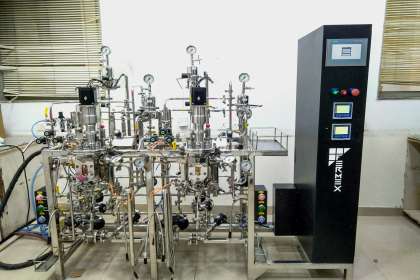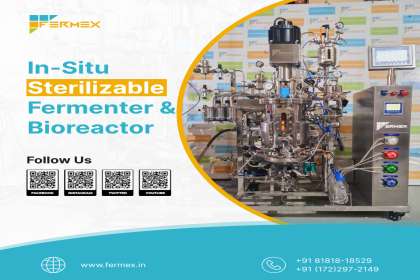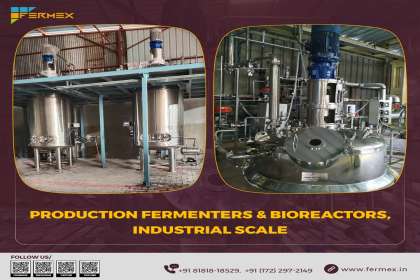
Introduction
Enzymes, often referred to as “nature’s catalysts,” are remarkable biomolecules that play a vital role in various biological processes. From digestion to DNA replication, enzymes facilitate chemical reactions in living organisms, making them essential for life as we know it. As science and industry continue to advance, the production and extraction of enzymes have become a crucial area of study, with numerous applications across multiple fields. In this blog, we’ll delve into the fascinating world of enzyme production and extraction, exploring their significance, methods, and the innovative ways they impact our lives.
What are Enzymes?
Enzymes are specialized proteins that accelerate chemical reactions without being consumed in the process. They achieve this by lowering the activation energy required for reactions to occur, making them an indispensable part of the biochemical landscape. Enzymes are highly specific, and each one is designed to catalyse a particular reaction, often named after their substrate (the molecule they act upon). Examples include amylase, which breaks down starch, and lipase, which catalyses the hydrolysis of lipids.
Importance of Enzymes
Enzymes are essential for numerous biological processes, making them invaluable in medicine, food production, biotechnology, and various other industries. In the medical field, enzymes play a crucial role in diagnosing diseases, and they are used in therapeutic treatments for various conditions. In the food industry, enzymes aid in food processing, preservation, and the production of beverages like beer and cheese. Additionally, enzymes have become indispensable tools in DNA technology, enabling genetic engineering and the synthesis of DNA in laboratories.
Methods of Enzyme Production
- Microbial Fermentation: One of the most common methods for enzyme production involves using microorganisms such as bacteria and fungi. These microorganisms can be genetically engineered to produce large quantities of specific enzymes. The fermentation process provides a controlled environment for the microbes to grow and produce the desired enzymes.
- Plant-Based Production: Some enzymes can be extracted from plants that naturally produce high levels of the enzyme of interest. Advances in biotechnology have allowed researchers to modify plants to overexpress specific enzymes, making their extraction more efficient.
- Animal-Based Production: Certain enzymes are extracted from animals, particularly from the organs or tissues that have a high concentration of the enzyme required for industrial or medical purposes. However, this method is less common due to ethical and practical considerations.
- Cell Culture: In this method, cells expressing the desired enzyme are cultured in a laboratory setting. This approach is commonly used for producing complex proteins and therapeutic enzymes.
Methods of Enzyme Extraction
- Cell Disruption: The first step in enzyme extraction involves breaking open the cells that produce the enzyme. Various methods, such as mechanical disruption, enzymatic lysis, or osmotic shock, can be employed to release the enzyme.
- Purification: After cell disruption, the enzyme is typically found in a crude mixture with other cellular components. Purification processes like chromatography, filtration, and centrifugation are used to isolate and concentrate the desired enzyme.
- Refining and Characterization: Once purified, the enzyme is further refined to ensure its stability and functionality. This involves optimizing pH levels, temperature, and other factors that affect the enzyme’s activity. The enzyme is also thoroughly characterized to determine its specific properties and behavior.
Conclusion
Enzyme production and extraction have revolutionized various industries, enhancing their efficiency, sustainability, and versatility. As we continue to unravel the mysteries of these remarkable biomolecules, we unlock new possibilities for medical treatments, food production, environmental solutions, and biotechnological advancements. With ongoing research and technological progress, we can expect even more innovative applications of enzymes in the future, further harnessing nature’s catalysts to improve our lives and the world around us.























